Episode 16: The Whale Whisperer in Maui- Dr. Rachel Cartwright
A newborn humpback calf greets the dawn in the ‘Au’Au Channel near Lahaina, Maui.
Off the shores of a devastated town, new life is flourishing.
Monitoring and recording the birth and life cycles of humpback whales is the life’s work of whale biologist Dr. Rachel Cartwright.
I first met Rachel on a ship en route to Alaska. She spends her summers onboard the Cunard Queen Elizabeth, where she is a naturalist-in-residence. I was giving lectures on history and natural sciences for Canadian Geographic as a Royal Canadian Geographical Society fellow, while she was telling stories about the work she does with whales along the “whale super-highway” between Hawaii and the Alaska panhandle.
Every winter, pregnant humpback whales from across the North Pacific head to the waters of Hawaii. These soon-to-be moms travel over 2500 km to reach a safe, protected nursery where they can raise their young calves.
As we sailed past the island of Haida Gwaii, Rachel and I went for a walk on deck and recorded a podcast focusing on her breakthrough discoveries into why Humpback whales breach, (GraydioCanada Episode 12). But the bulk of her research work is carried out on Maui’s northwest shore, just off the coast of Lahaina. So…Rachel invited me to join her on her research vessel in the Au Au Channel if I ever made may way to Hawaii. Who can say no to that?
Whale spotting in the Au Au Channel
Rachel’s Keiki Kohola Project is a non-profit research organization, founded in 1997 by a group of concerned boat captains, naturalists and local residents. From a small research vessel, they track whale moms and calves, using drones to measure and record Humpback whale pairs and the escort males who often accompany them. During our day at sea together we encountered dozens of whales, some in as shallow as 30 feet of water.
The group came together to conduct management-oriented research to help protect Maui waters as a nursery region where humpback whale mothers can safely raise their calves. (For more info about them go here https://www.caringforcalves.org.) The images below are an example of what the team records. The calves stay close to mom, usually stationed just at her eye level. Meanwhile, the large male escort males shoo away other males who come too close. The male picture below (second photo) kept a careful eye on us as we approached. The size of a school bus, the sound and smell as it breached 20 metres from our boat was truly awe inspiring.
Mom and new calf.
Escort male whale. Note how close we are to shore.
A brand new baby humpback, still unfurling from birth.
Rachel’s research became all the more important in the aftermath of a terrible fire that ripped through Lahaina in August of 2023. It destroyed the town and killed more than a hundred people -the deadliest U.S. wildfire in more than a century. More than a year later, there is little trace of the town that was. Debris removal from both residential and commercial properties is nearing completion, but the waterfront village and former bustling pier and boat docks are all gone, with no realistic timeline for renewal.
Lahaina shoreline today.
For Rachel and her team team of researchers, it was heartbreaking both personally (many called Lahaina home) and professionally, as she worried about the impact of the fire and how all the resulting ocean-bound contaminants would effect the whales. That is her focus today.
So what are they discovering in the aftermath of the fire? Click below to come along for a walk, and find out.






